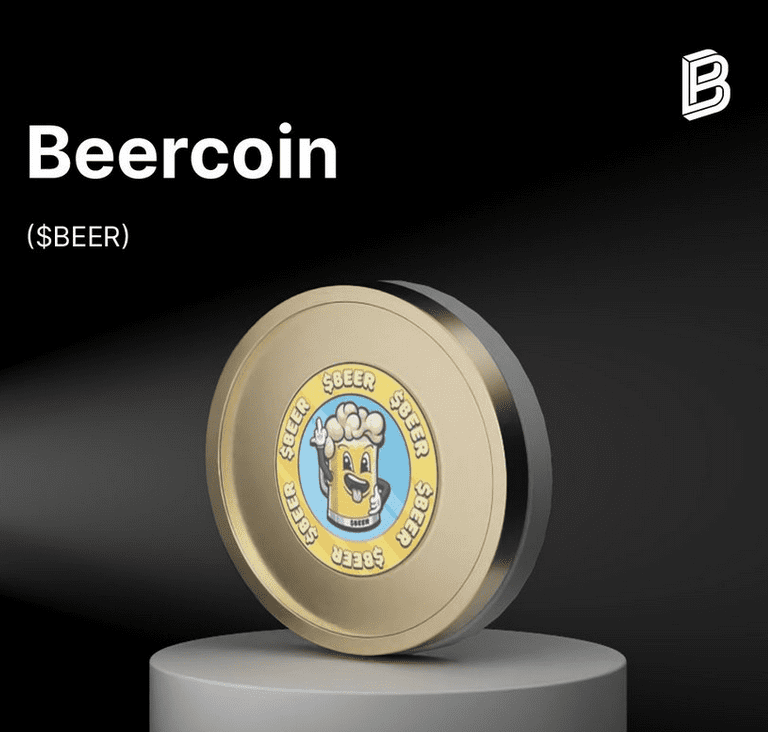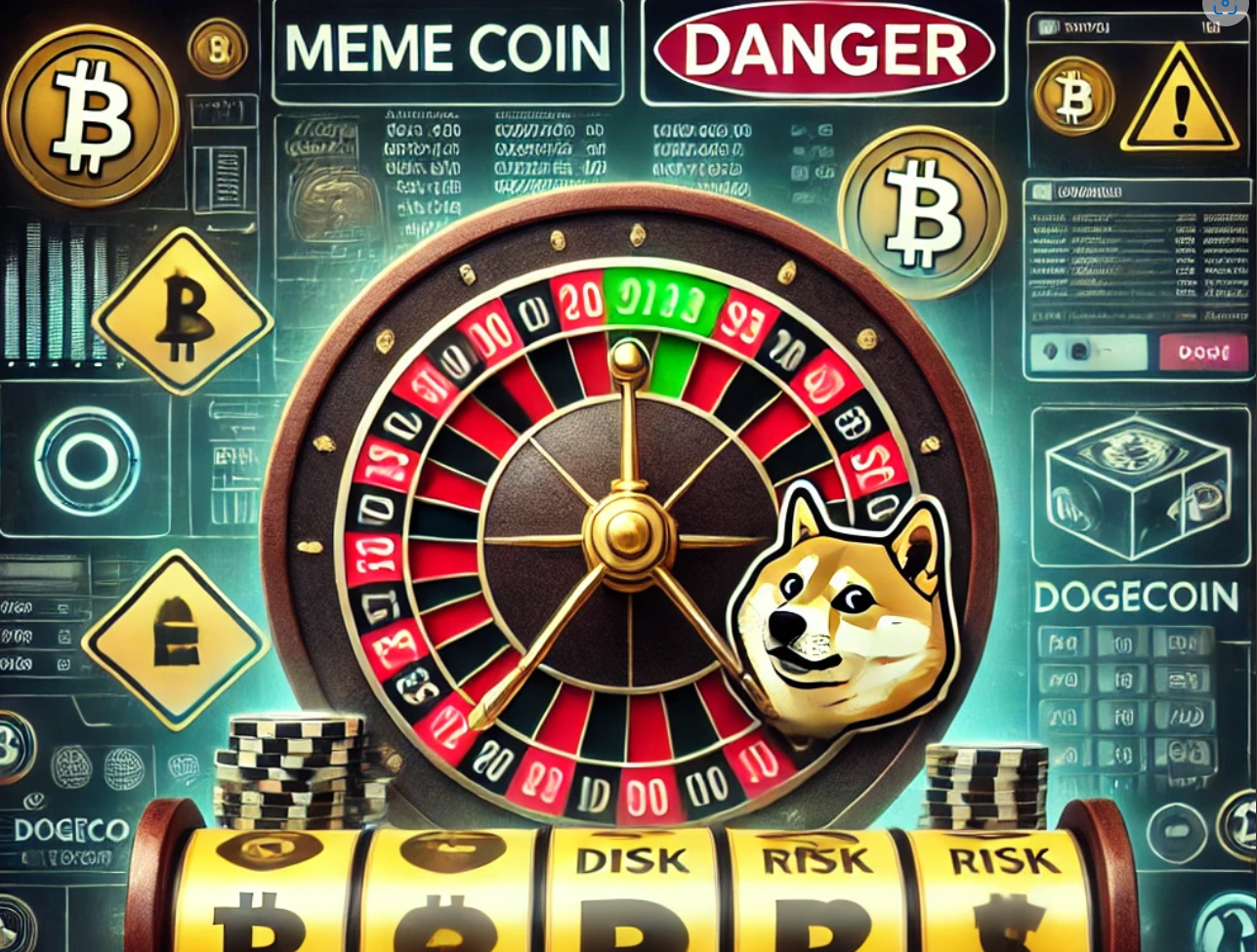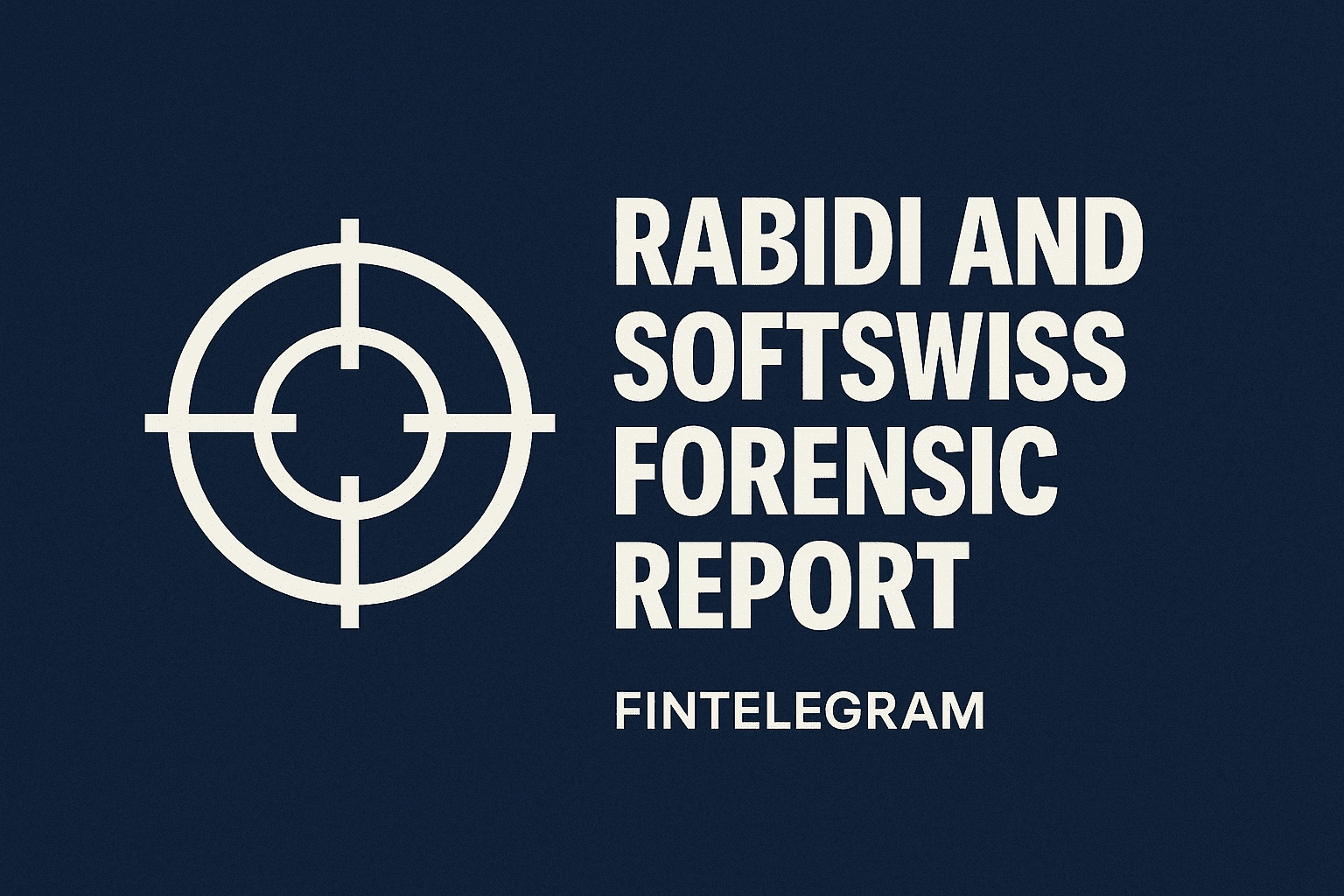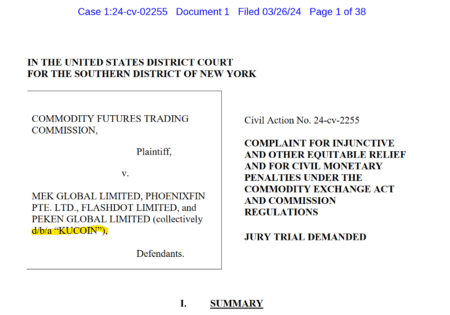In the current crypto bull run, a troubling trend has emerged: more and more crypto exchanges are aggressively promoting the trading of meme coins. These digital currencies, often based on internet memes and viral trends, pose significant investor risks. A particularly concerning example is the $BEER coin, marketed by various exchanges as “liquid gold.” Crypto exchanges’ active promotion of such highly speculative assets raises serious questions about their responsibility and ethical practices.
What are Meme Coins?
Meme coins are a category of cryptocurrency typically inspired by internet memes, jokes, or cultural phenomena. Unlike traditional cryptocurrencies like Bitcoin or Ethereum, which are designed to serve specific technological purposes or solve particular problems, meme coins are often created with no serious technical ambition or utility beyond their initial concept. Their primary value is driven by social media trends, community engagement, and the influence of online personalities.
A prominent example is Dogecoin, which started as a joke but quickly gained popularity. Other meme coins like Shiba Inu, SafeMoon, and now $BEER have followed suit, attracting numerous investors hoping for quick and high returns.
The Risks of Meme Coins
- Extreme Volatility: Meme coins are notorious for their extreme price fluctuations. While this volatility can offer opportunities for experienced traders, it poses a massive risk for inexperienced investors who often speculate on quick gains and end up suffering significant losses.
- Lack of Fundamental Value: Unlike established cryptocurrencies like Bitcoin or Ethereum, meme coins often lack solid fundamentals. They rely primarily on hype and speculation rather than technological advancement or real utility.
- Pump-and-Dump Schemes: Meme coins are particularly susceptible to pump-and-dump schemes, where the price is artificially inflated, only to crash suddenly when the initiators sell their holdings. These practices regularly lead to significant losses for retail investors.
The Central Role of Crypto Exchanges
Crypto exchanges are the main players in the cryptocurrency market and play a crucial role in popularizing meme coins. The $BEER coin is a prime example of this problematic practice. Here are some especially concerning aspects:
- Enticing Trading Strategies: Exchanges like KUCOIN, BITPANDA, BYBIT, BINGX, GATE.IO, MEXC, and BITGET play a central role in popularizing $BEER. They market it as “liquid gold” and use eye-catching marketing campaigns to attract investors’ interest. These tactics amplify the hype around the coin and encourage speculative behavior among users.
- Insufficient Risk Disclosure: Many of these exchanges aggressively promote meme coins like $BEER without adequately informing their users about the significant risks involved. This leads to inexperienced investors unknowingly entering high-risk investments and potentially suffering large losses.
- Conflicts of Interest: Exchanges directly profit from the trading fees generated by buying and selling meme coins. These financial incentives could lead them to promote meme coins like $BEER to maximize their profits, even if it comes at the expense of the investors.
- Regulatory Risks: By promoting highly speculative assets like meme coins, exchanges could attract the attention of regulatory authorities. Some countries have already introduced stricter regulations for cryptocurrency trading to protect investors, and further regulatory actions could follow.
Compliance View: Utility Token or Online Gambling

The aggressive promotion of meme coins like $BEER by crypto exchanges such as KUCOIN, BITPANDA, BYBIT, BINGX, GATE.IO, MEXC, and BITGET is highly problematic and exposes investors to significant risks. From both a compliance and a risk perspective, meme coins should be categorized under the utility token category due to their community engagement aspect, but they should also be considered a form of online gambling rather than a legitimate financial investment.
While meme coins share some superficial similarities with Ponzi schemes, such as their speculative nature and reliance on hype, they are not inherently Ponzi schemes. Legitimate meme coin projects operate transparently and do not promise guaranteed returns funded by new investors’ money. However, projects engaging in fraudulent activities or deceptive practices could face legal repercussions and be classified as Ponzi schemes under certain circumstances.
In a recent statement, the cyberfinance rating agency PayRate42 clarified that it will downgrade crypto exchanges that promote meme coins without any recognizable risk warnings and do not implement KYC routines for issuers.
Conclusion
Investors should exercise caution, conduct thorough due diligence, and be aware of the risks associated with speculative investments in meme coins. Regulatory bodies will continue monitoring and addressing fraudulent activities within this space to protect investors and maintain market integrity.
Crypto exchanges must take their responsibility towards users seriously and ensure that they are fully informed about potential dangers. Only through transparent communication and responsible practices can trust in the crypto market be strengthened and investors protected from substantial financial losses. Crypto exchanges urgently need to reconsider their role and responsibility to ensure not only short-term profits but also the long-term stability and credibility of the entire market.





